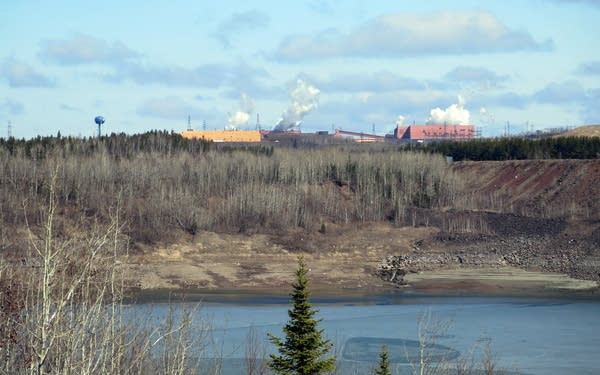Court: Regulators were correct in applying drinking-water standards to groundwater in Minntac permit
The Minnesota Supreme Court's decision reverses a lower court's 2019 decision

Go Deeper.
Create an account or log in to save stories.
Like this?
Thanks for liking this story! We have added it to a list of your favorite stories.
By Jimmy Lovrien | Duluth News Tribune
The Minnesota Supreme Court on Wednesday said state regulators correctly applied drinking-water standards to groundwater when issuing a permit to an Iron Range mine in 2018.
The decision reverses a 2019 Minnesota Court of Appeals decision that said the Minnesota Pollution Control Agency failed in interpreting state water-quality rules in its 2018 permit to U.S. Steel's Minntac iron ore mine and pellet plant.
The lower court said at the time that drinking-water standards do not apply to groundwater and, therefore, the MPCA couldn't issue permits with conditions setting groundwater as that class of drinking water.
But in an opinion issued Wednesday morning, Justice Paul Thissen countered the lower court's opinion.
Turn Up Your Support
MPR News helps you turn down the noise and build shared understanding. Turn up your support for this public resource and keep trusted journalism accessible to all.
"We hold that groundwater is a Class 1 water and that the MPCA properly exercised its authority in applying the Class 1 secondary drinking water standards to the 2018 Permit, including the 250 mg/L sulfate standard," Thissen wrote.
The Minnesota Pollution Control Agency, Fond du Lac Band of Lake Superior Chippewa and environmental group WaterLegacy had argued for such an outcome.
The MPCA had said that many of its existing permits had applied drinking-water standards to groundwater, and had the lower court's decision stood, all of those permits would have been called into question.
U.S. Steel, however, supported the Court of Appeals' decision.
The sides had disagreed over whether two different rules, when read together, actually classify groundwater as Class 1 water, or drinking water, which has more stringent requirements, and whether the MPCA has authority over the waters.
The groundwater as drinking-water rules came in a water pollution discharge permit issued by the MPCA in late 2018, the first for Minntac since 1987. While the 1987 permit had been up for reissuance since 1992, the MPCA had administratively extended it for 26 years.
The five-year permit issued in 2018 had set long-range goals for U.S. Steel to meet for reducing pollutants, like sulfates, that are leaking out of the site's 8,000-acre tailings basin — where a wet slurry of mine waste left over after taconite pellets are processed resides — into nearby surface and groundwater.
Minntac is the largest taconite iron ore mining and processing operation in the U.S. In 2019, it shipped 12.9 million tons of pellets and employed 1,460 people. It went online in 1967.



